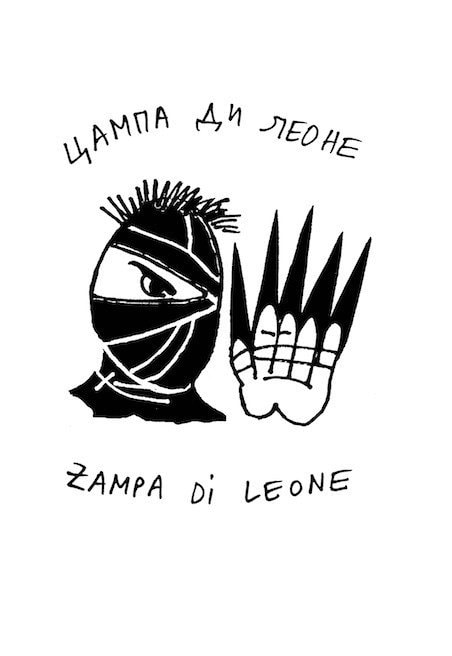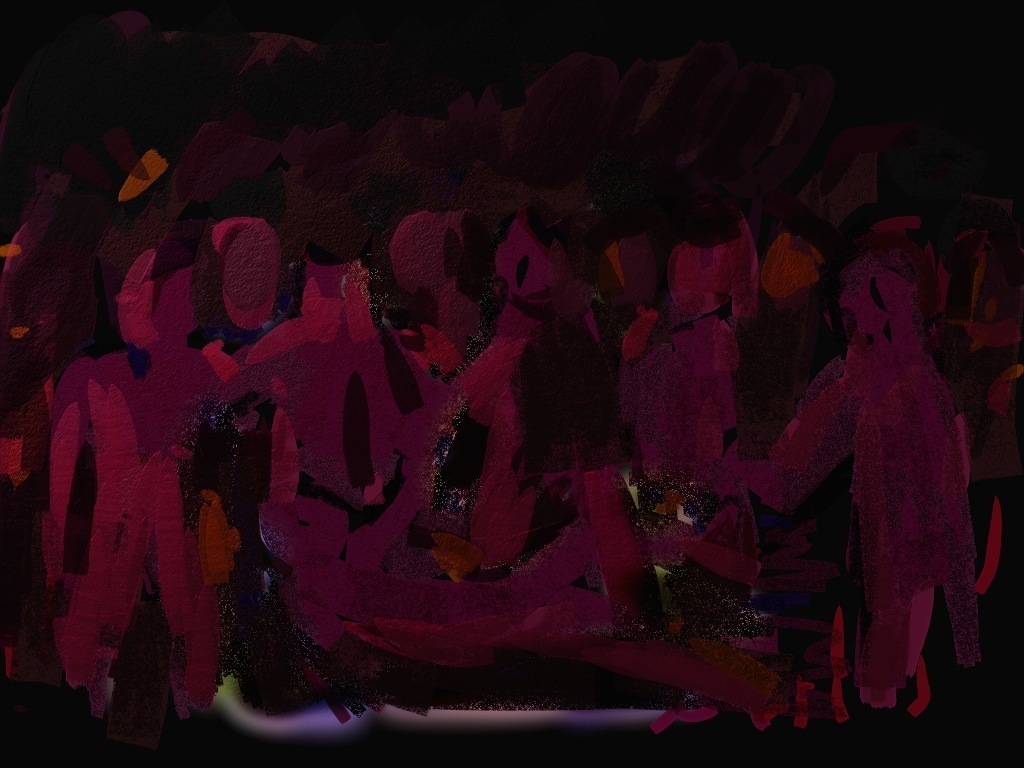Bringing together works that take as their starting point a critical rethinking of reality through personal experience, everyday observations, skepticism and conspiracy theories, the exhibition presents new works created especially for the show, as well as others that are new to Russian viewers.
Alexei Buldakov, Kristina Norman, Alexander Povzner, David Ter-Oganyan, Mykola Ridnyi, Zampa di Leone
Curators: Ilya Budraitskis and Maria Chehonadskih
Curatorial assistant: Olga Shirokostup
The exhibition’s title Shadow of a Doubt is a reference to the classic Alfred Hitchcock film of the same name. The film’s action takes place in the context of a happy and prosperous American family. A nagging doubt, however, leads the central female character to the discovery of an unpleasant truth about her uncle. Doubt is similarly at the center of this show, which questions if the phenomena is a form of skepticism, or an inevitable experience of anxiety for anyone entangled in the contradictions of the modern world. Bringing together works that take as their starting point a critical rethinking of reality through personal experience, everyday observations, skepticism and conspiracy theories, the exhibition presents new works created especially for the show, as well as others that are new to Russian viewers.
The curators have prepared an audio-guide entitled Routes of Doubt that will lead each visitor to discover the various layers of meaning in the works within the wider history of conspiracy theories. Within the exhibition, a mysterious19th-century engraving is included along with the other works, inviting visitors to imagine possible links between the engraving and these very individual artists.
The Serbian collective Zampa di Leone present a new installation Zampa's Traces: A Shadow Art History of the 2000s, which includes drawings, caricatures, newspapers, fanzines and documentation of the collective’s performances from the last eight years. Comics reveal scenes from the life of the international arts community in the form of caricatures. Here, the unattractive, shady aspects of the careers of renowned artists and curators are revealed, as well as the characters’ entangled relationships and ethical contradictions.
Monolith (2007), a video work by the Estonian artist Kristina Norman, focuses on the history of the conflict surrounding Tallinn’s “Bronze Soldier” monument of 1947, dedicated to those who fell in the Second World War. For the majority of Estonians, the monument is a symbol of the Soviet occupation, whilst for Talinn’s Russian-speaking inhabitants it marks victory over fascism and is a positive signifier of the Russian identity. In April of 2007, the Estonian authorities decided to move the monument to Tallinn’s suburbs, and in so doing provoked public disputes and mass riots in the city. The film employs a science fiction stylization and brings irony to the conspiracy-theory explanations of “the Soviet past” in Estonia. This is Monolith’s first presentation in Moscow.
A new video work by Alexei Buldakov, Creeping Line (2014) continues the development of one of the artist’s key themes, which revolves around the phenomenon of mistakes. In his videos, Buldakov adds “eccesses”— unexpected and terrifying elements to normal pictures of city reality— such as billboards showing the figures of people who have been hanged, or twitching television antennae on city roofs. Together these represent the manifestation of “surplus essences” generated by the suspicious human imagination that lies beyond the boundaries of the empirically established facts.
Disorders (2013) by David Ter-Oganyan, is a print of an enlarged drawing done on an iPad. The work develops a long-running theme in his work—an enchantment with the spectacle of interacting crowds . In Disorders dark silhouettes seem to be grappling in brutal fights, or perform insane street dances. Such disturbances, usually linked to mass demonstrations and street politics, refer to political and social equality identified by conservative thinkers of the 19th century at the dawn of an era of emerging democracy.
A series of works by Alexander Povzner titled Playground (2011-14), explores and deconstructs the unspoken horror found in some familiar elements of city architecture such as a children’s playground, for example. Here, soviet sports architecture is revealed as a panopticon, a site of surveillance, control, and discipline for little citizens.
The lens of “doubt” is capable of providing these elements with a meaning that differs entirely from that with which they are usually associated.
Two video works by the Ukrainian artist Mykola Ridnyi, Shelter and Father’s Story, both first presented at the 2013 Vienna Biennial, examine the legacy of the Cold War, which is a key source for conspiracy theories and mistrust on both sides of the former border between East and West to this day. For decades, the Cold War, devoid of clear and precise frontlines, held people in a state of mobilization against an invisible enemy that was capable of engendering the most incredible conceptions of its capabilities and plans. The infrastructure created by the Cold War, from the mass production of bomb shelters “for the people” to military training at schools, occupies a unique space in the post-Soviet reality and continues to spread alarm and suspicion among its disorientated inhabitants.



